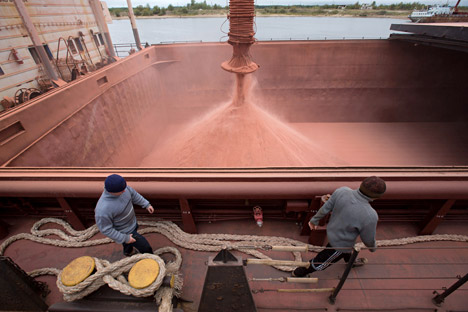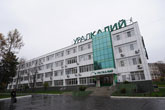Uralkali to raise prices

The global potash market in 2015 will grow from 58 million tonnes forecasted for 2014 to 60 million tonnes. Source: Getty Images
After intentionally bringing down world prices of fertilizers a year ago, Uralkali is now trying to increase them. The company plans to negotiate a 10 percent price increase in 2015 with China, whose market is the key indicator internationally.
Uralkali’s sales and marketing director, Oleg Petrov, told Reuters that the price of supply of potash to China in a new agreement may exceed the current price by 10 percent. The price of the contract with buyers from the country, valid until the end of this year, for a volume of 700,000 tonnes, is $305 per tonne (CFR), which would put the new price at $335.5 per tonne. However, this would still be 19 percent lower than the price of the contract with China in the first half of 2013 (which was $400 per tonne) concluded prior to the collapse in prices in August last year due to the severance of the joint trading of Uralkali and Belaruskali. Uralkali expects to conclude negotiations with China by January 2015. According to Chinese figures, Russia supplied a total of about 1 million tonnes to this market in the first half of 2014.
The main reason for Uralkali’s optimism is the increasing demand in the markets which are the most important for them. According to Petrov, the global market in 2015 will grow from 58 million tonnes forecasted for 2014 to 60 million tonnes.
Related:

India gains huge price advantage from Uralkali potash purchase
Global potash prices to rise slowly in 2014
India to import potash from Uralkali at heavily discounted rate
Data from the Brazilian National Fertilizer Association (ANDA) shows that in the first half of this year, imports of potash into the country increased by 24 percent to 4.5 million tonnes, while prices have risen since the beginning of this year by $35–40 per tonne CFR (according to Argus, the current price is $350–$360 per tonne). Petrov adds that the Chinese market, where consumption this year may reach as much as 12 million tonnes, is a driver for the whole world (negotiations with other consumers will be carried out later). In India and Brazil, the price is usually higher than in China by some $20 and $50 per tonne, respectively.
The highest prices of potash are maintained in North America, where the price of the product in warehouses has increased to $390 per tonne (FOB). Demand here has been supported by logistics problems. In Europe, prices in the first half of this year rose by $10–20 per tonne amidst a shortage of granular potash, to $290–325 FOB. At the same time, demand in the second largest market after China – in India – was weaker due to less intense monsoons in June (at the moment, the country has contracted about 3.9 million tonnes).
Andrey Shenk of Alfa Capital notes that Uralkali’s forecasts regarding the price rise in China have grounds: potash reserves in the country have declined, and consumers will be actively replenishing them from August. However, he expects the price to rise gradually, following demand. Similar tendencies are expected for other types of fertilizers as well, the expert says. The situation for the phosphate group, according to Shenk, is currently being influenced by the Indian government’s decisions on subsidies, whereas the prices of nitrogen are under pressure due to the active opening of new production facilities and increased supply.
All rights reserved by Rossiyskaya Gazeta.
Subscribe
to our newsletter!
Get the week's best stories straight to your inbox